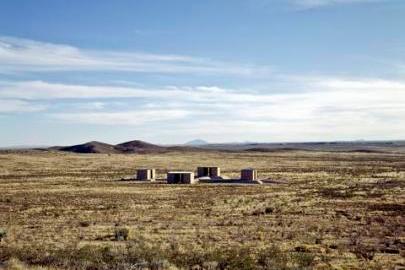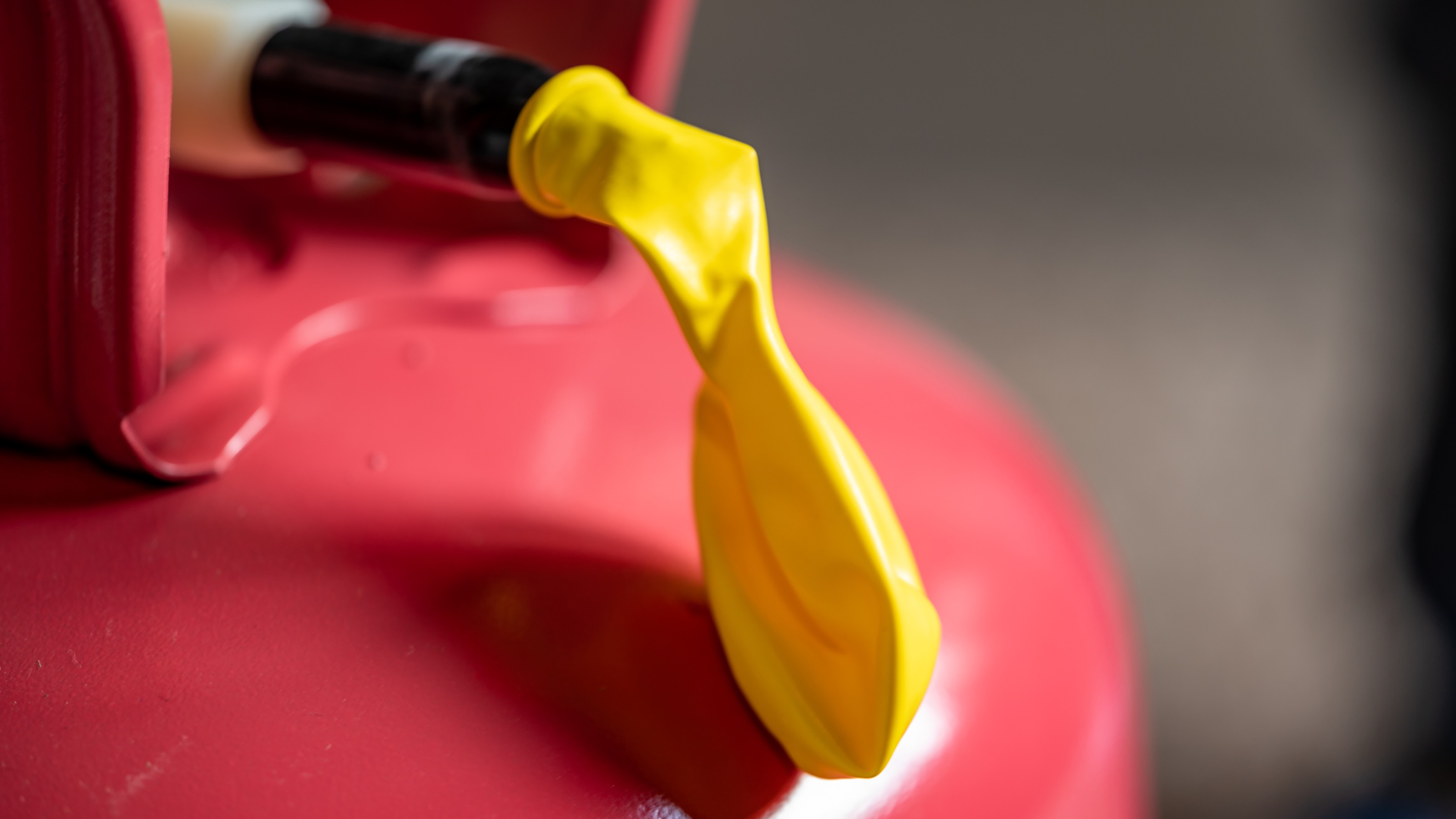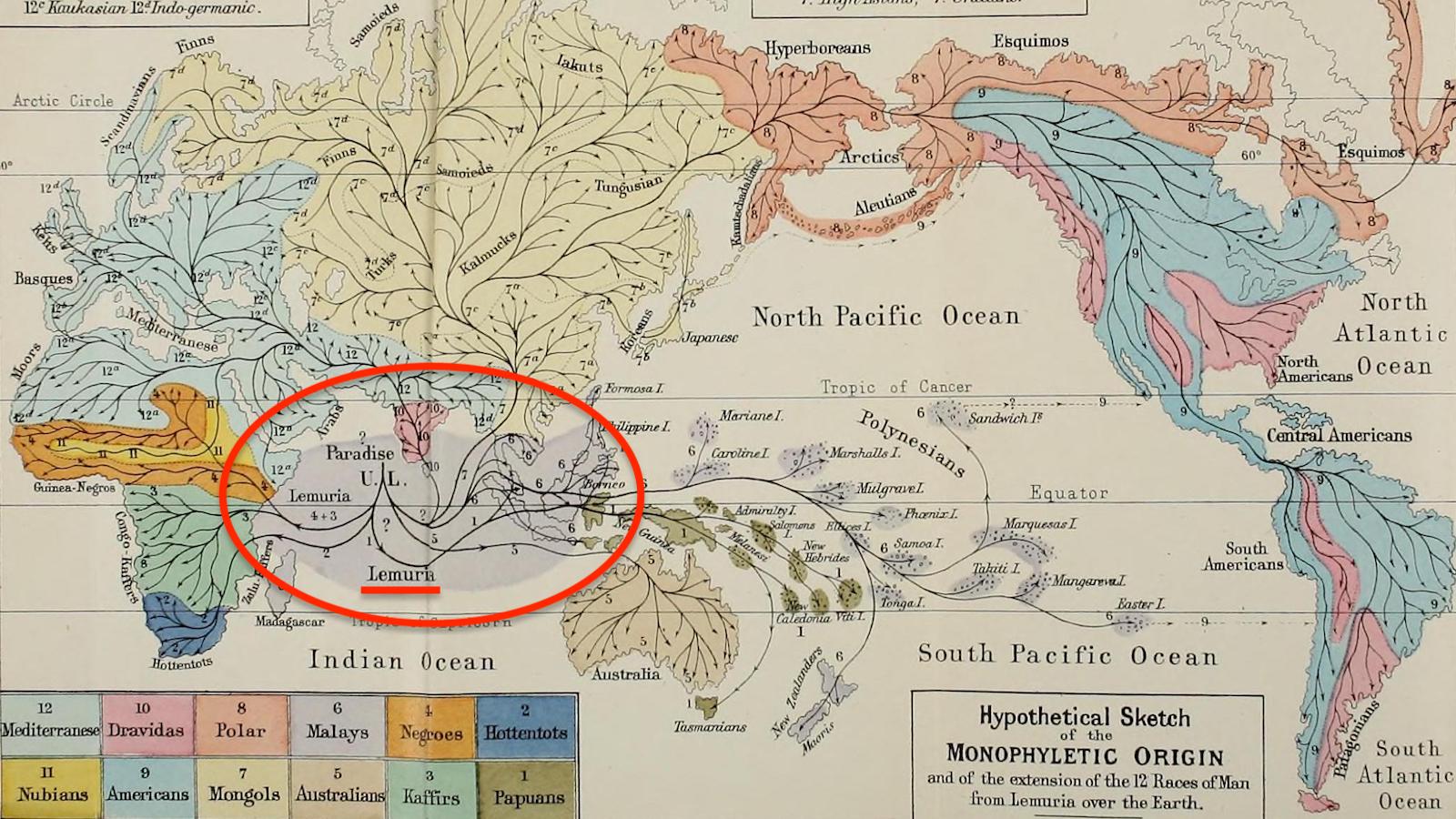In the Wilderness: The Unknown Art of James Magee

“What happens if a tree falls in a forest and no one hears it?” Willard Spiegelman asks intriguingly in a recent article in The Wall Street Journal. “What happens if a man spends 30 years building an architectural-spiritual monument in the west Texas desert, which few people have seen and probably very few will ever see?” Who Spiegelman is talking about is James Magee, a reclusive sculptor whom another critic believes may be “America’s greatest living unknown artist,” a dubious and unwelcome title for most. What Spiegelman is talking about is The Hill (shown above), a massive work of art set in the arid desert 90 minutes outside of El Paso, Texas, that Magee has been working on for 30 years. Magee’s reclusive days may be over with a new exhibition of his work and resulting media attention. Will success spoil the rock sculptor? It seems unlikely for this artist who at the age of 64 now wanders into the mainstream from the wilderness—a prophet of individual art professing a new gospel to the commercialized art industry that has no idea who he is or what to make of him.
Born in Michigan, Magee actually earned a law degree at the University of Pennsylvania. The Ivy Leaguer’s life changed direction when he worked with a sculptor in Paris and then decided to pursue art himself. To support that pursuit, Magee taught, spent time as a cabbie, worked as an engineering consultant, designed opera sets, and even worked on Texan oil rigs. The oil rig gig landed him deep in the heart of Texas, where he could blend into the scenery.
Of course, in Texas, everything is bigger—including Magee’s sculpture. So big, in fact, that museum walls need to be reinforced just to support those intended for hanging, an accommodation not every institution is willing to make. So big, unfortunately, that they are virtually unsellable. Imagine Richard Serra’s massive metal works without a public patronage and you’ve got James Magee, sort of. Even further complicating this complicated artist is Magee’s painting, female alter ego, whom he names “Annabel Livermore,” a name even Edgar Allan Poe would roll his eyes at. “Annabel,” Spiegelman points out, is just one of several alter egos of Magee, but probably the most successful—even more successful in sales than Magee. A glimpse at “Annabel’s” gallery shows a wholly different side to Magee—an overtly mystical side a la William Blake (whom Spiegelman accurately names) instead of the austere, subtle mysticism of the sculptures and, especially, The Hill.
The Hill stands a good chance of becoming as mythical an American art installation as Walter De Maria’s The Lightning Field, situated just as inaccessibly in remote New Mexico. The official website for The Hill describes it as “four identical buildings connected by causeways… each 40 feet long, 20 feet wide and an impressive 17 feet in height,… expertly crafted of irregularly-cut shale rock of which nearly 250 eight-ton truckloads were brought to the site.” You enter each building “through a majestic iron portal, 8 feet wide and the full height of the building, portals that turn easily on their hinges, testament to the remarkable engineering acumen Magee has brought to the project as a whole.” Unfortunately, you can only visit it two days out of the year, which returns to Spiegelman’s original question of how powerful or influential a work can truly be if nobody ever sees it?
At least Magee’s getting some exposure in his Nasher Sculpture Center exhibition Revelation: The Art of James Magee. Unfortunately, the book of revelation for Magee may not be fully written in time for him to enjoy the fruits of his labor, as Magee is apparently ill. Magee openly doubts if he’ll live long enough to complete some projects. Amazingly, and somewhat infuriatingly, Magee seems to be at peace with obscurity. It is as if the art-loving public wants fame for Magee than he wants it for himself. As it says in the Bible, “A prophet is not without honour, but in his own country.” Perhaps Magee, this prophet from the El Paso desert, will never find honor in his native land, and that’s fine with him, and should be enough for us, too.





